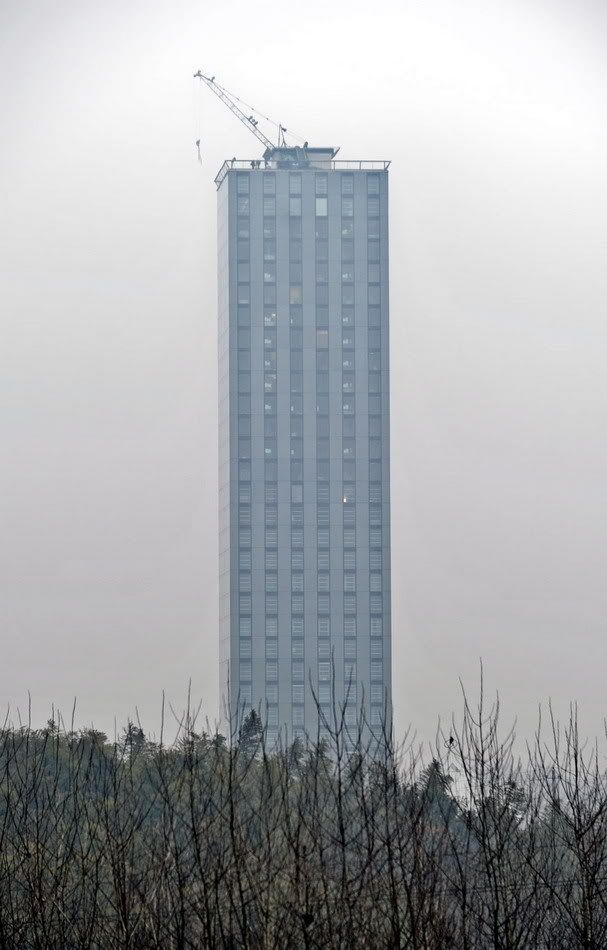czsz
Senior Member
- Joined
- Jan 12, 2007
- Messages
- 6,043
- Reaction score
- 5
http://www.nytimes.com/2012/04/18/u...iques-transform-infrastructure-repair.html?hp
Waiting for someone here to tell me the downside of this, and/or how unions are insidiously benefiting at the public's expense in some way despite this being as good as it sounds...
BOSTON — The River Street Bridge here is normally unremarkable, the kind of structure people drive over every day without a thought. When it fell into disrepair, state officials knew that replacing it would normally involve two years of detours and frustration for local drivers.
Instead, they did it over a weekend.
By using “accelerated bridge construction” techniques, a collection of technologies and methods that can shave months if not years off the process of building and replacing critical infrastructure, Massachusetts is at the forefront of a national effort that is aimed at putting drivers first.
“This will be the new normal,” said Victor M. Mendez, the head of the Federal Highway Administration.
Waiting for someone here to tell me the downside of this, and/or how unions are insidiously benefiting at the public's expense in some way despite this being as good as it sounds...



